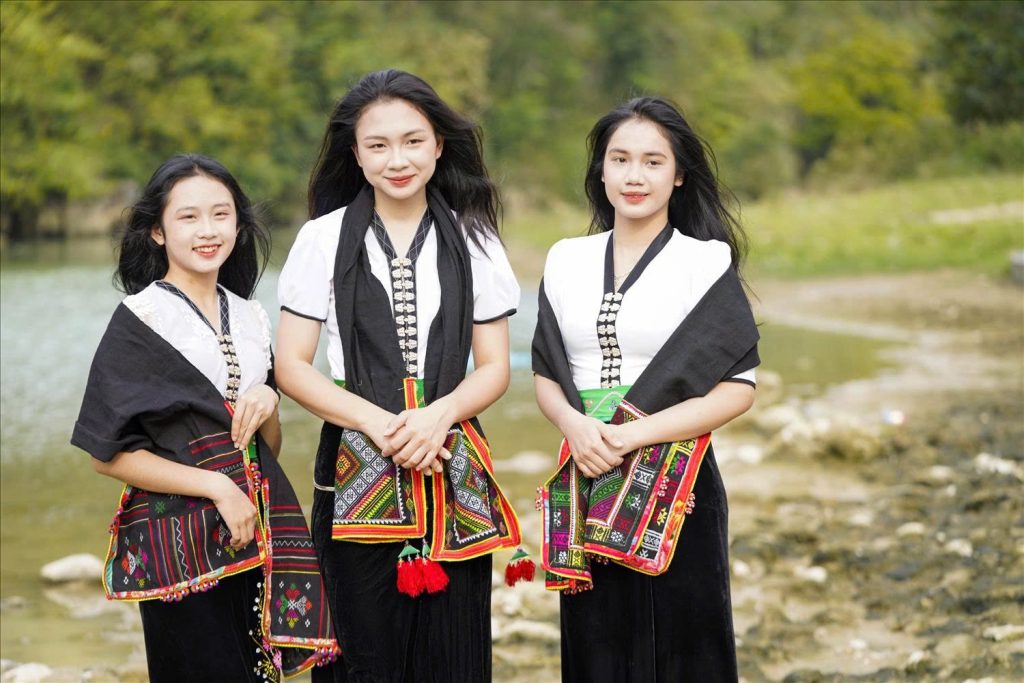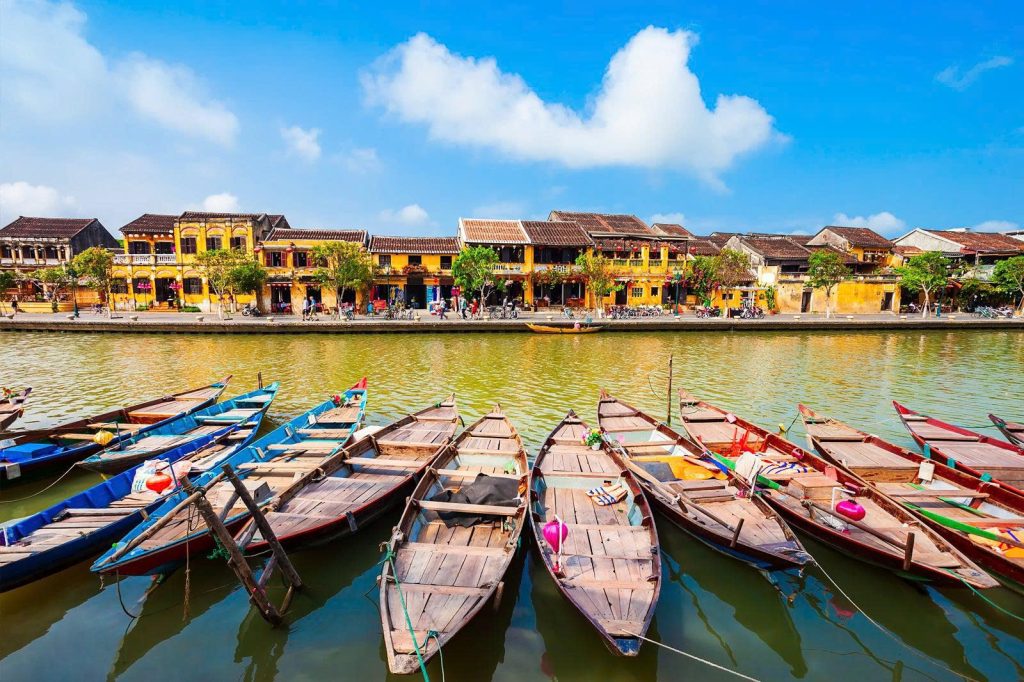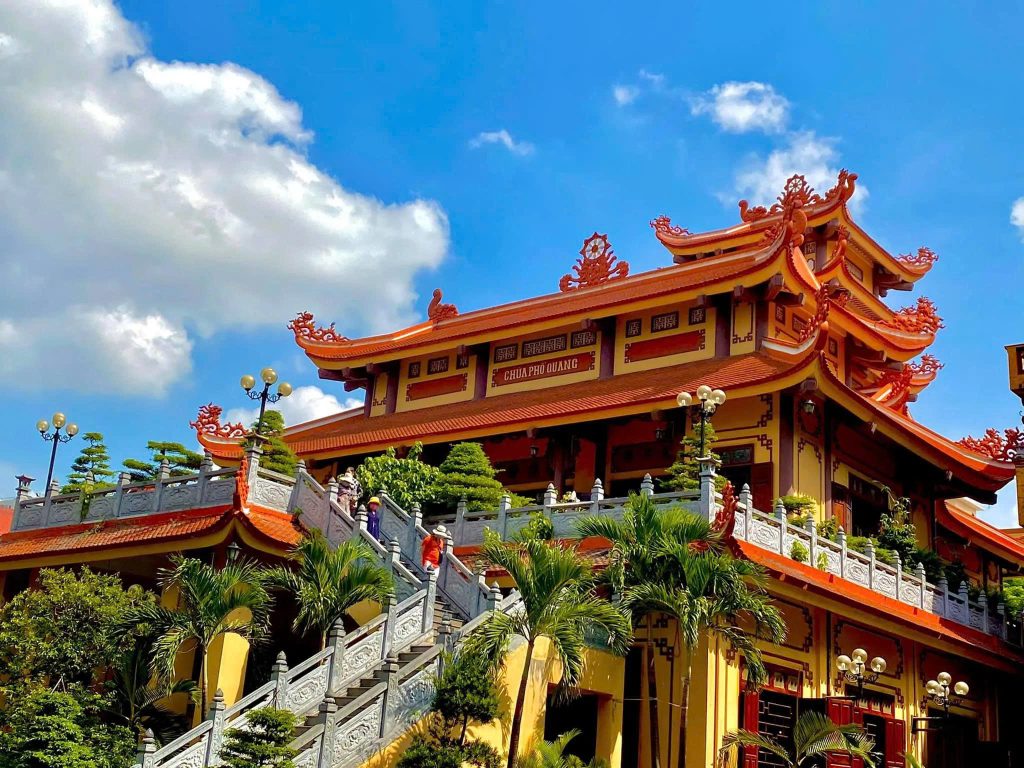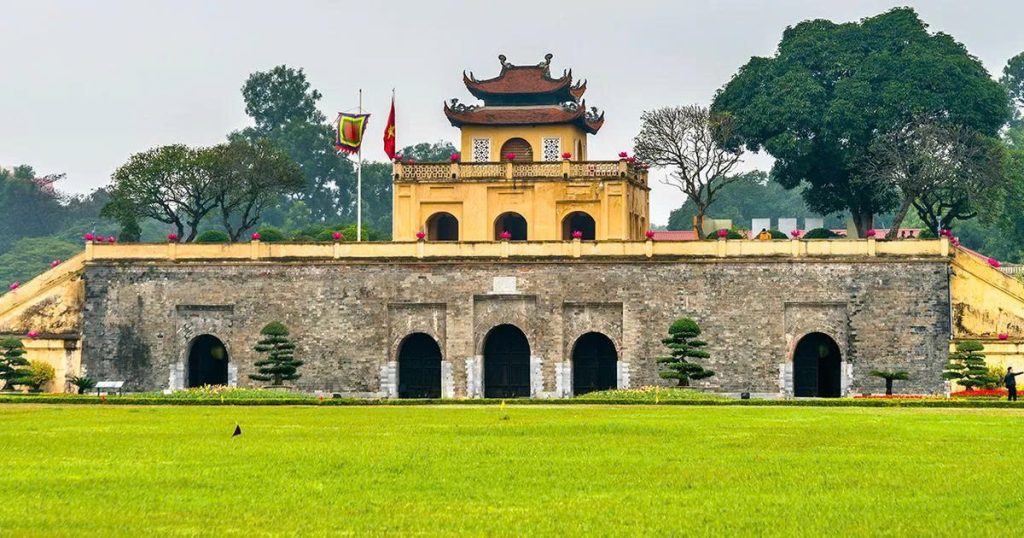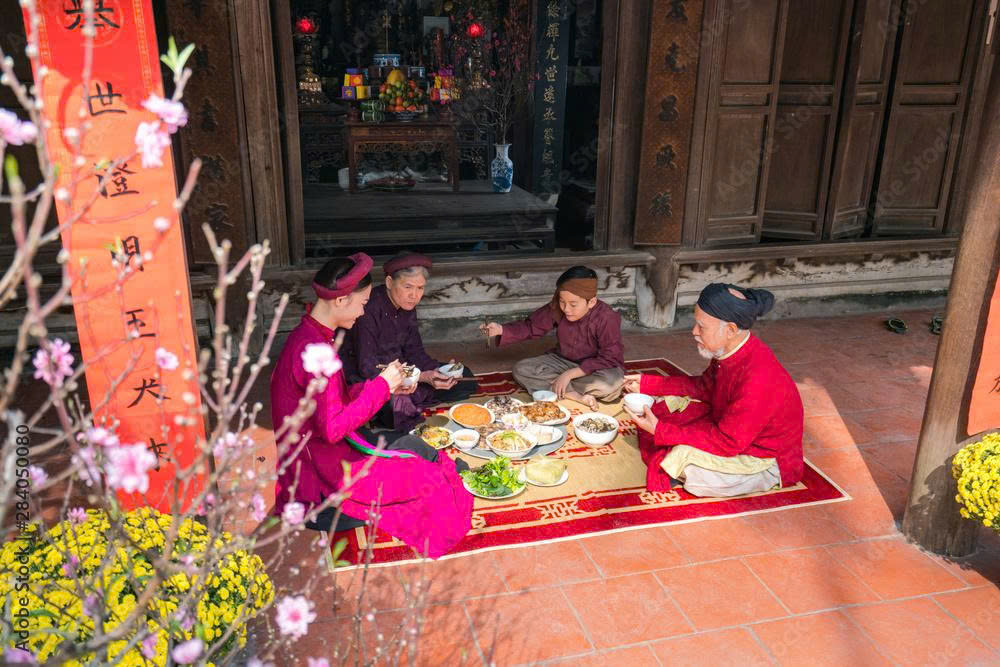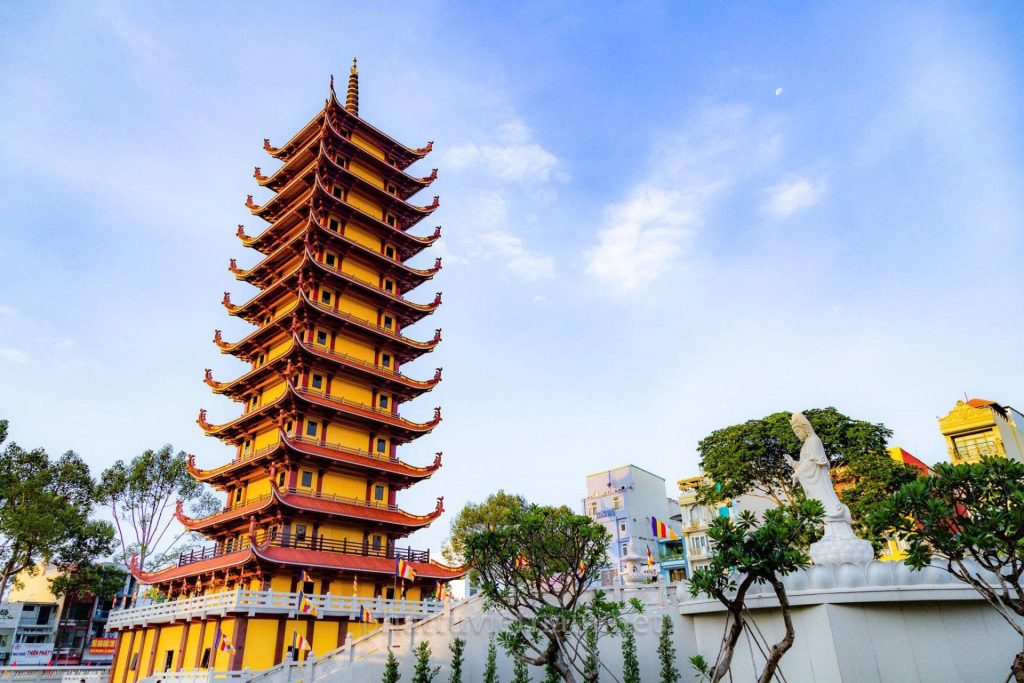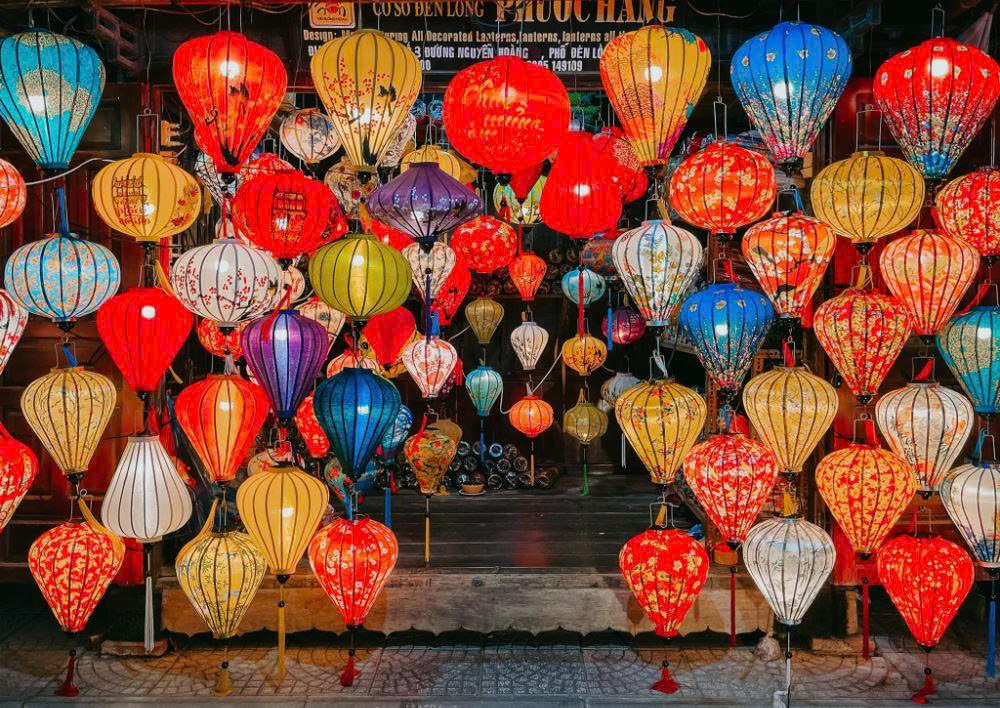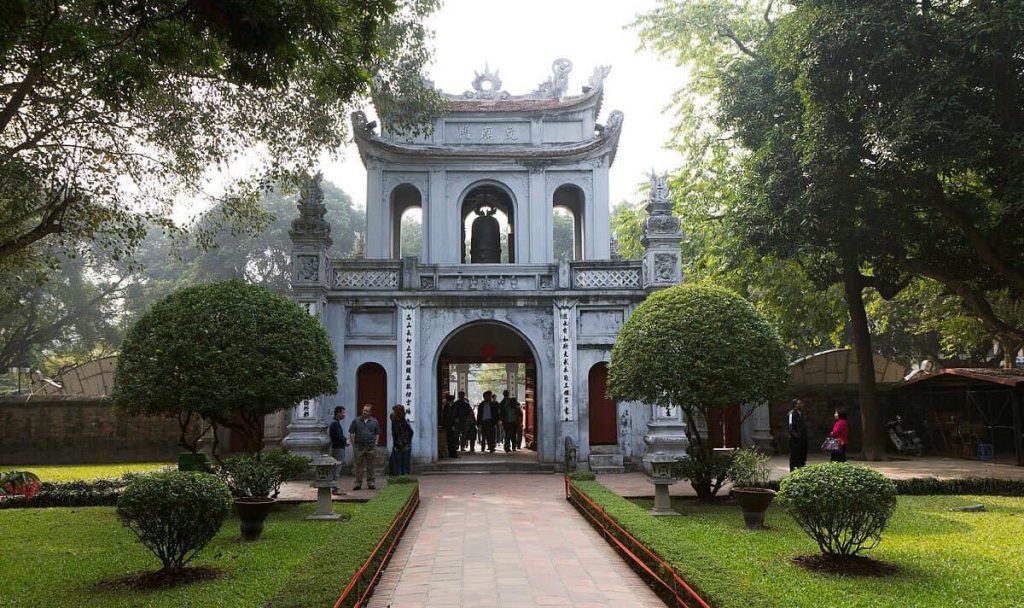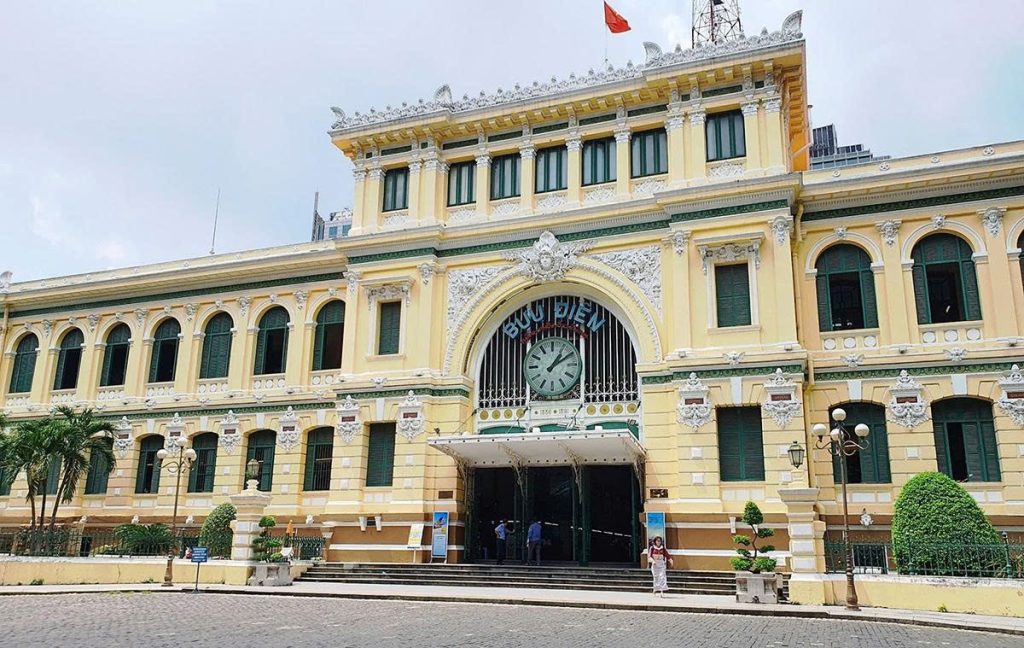The world is a tapestry of diverse cultures, each with its own set of rules, beliefs, and traditions. What seems completely normal in one country can be utterly bizarre in another. From throwing tomatoes at a festival in Spain to a groom being covered in mud in Scotland, these unusual customs challenge our perceptions and offer a fascinating glimpse into the human experience.
While some of these practices may seem strange to an outsider, it’s crucial to remember that they are often deeply rooted in a community’s history, spirituality, and social fabric. They carry profound meaning, serving as rites of passage, expressions of love, or celebrations of life. This guide will take you on a journey to explore some of the world’s most peculiar customs, explaining the rich stories and purposes behind them.
Bizarre Wedding Traditions
Weddings are a universal celebration of love, but the rituals surrounding them can vary dramatically. What one culture sees as a beautiful tradition, another might find completely baffling.
1. Blackening the Bride (Scotland)

This isn’t your typical pre-wedding party. In parts of Scotland, the tradition of “blackening the bride” involves friends and family capturing the bride (and sometimes the groom) and covering them from head to toe in a disgusting mixture of soot, mud, treacle, feathers, and flour. They are then paraded through the streets while making as much noise as possible.
- The Meaning: While it looks messy, this custom is meant to ward off evil spirits and bring the couple good luck. It’s believed that if the couple can endure this humiliating and unpleasant experience together, they can face any challenge that marriage throws at them. It’s a messy but powerful way to prepare them for a life of shared hardship and joy.
2. Crying Marriage (China)
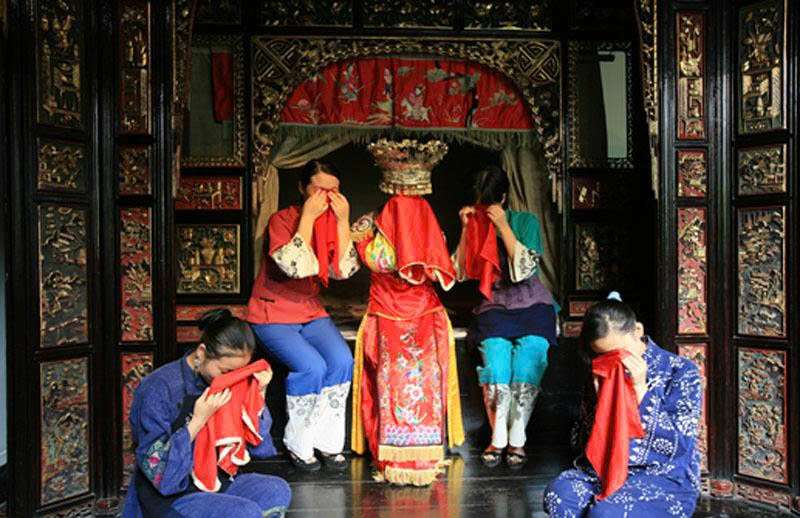
For the Tujia people of China, a wedding isn’t complete without tears. In a custom known as “crying marriage,” the bride begins to cry for one hour every day a month before her wedding. Ten days later, her mother joins in. Ten days after that, her grandmother joins the chorus. By the end of the month, all the female relatives are crying together.
- The Meaning: Far from being a sign of sadness, this ritual is an expression of joy and love. The crying is considered a song, with each woman using a different tone. It’s a way for the women of the family to bond, celebrate the bride’s passage into womanhood, and express their deep love for her. A bride who doesn’t cry would be seen as a sign of poor upbringing.
3. Spitting on the Bride (Kenya)

In the Maasai tribe of Kenya, the father of the bride blesses his daughter in a very unusual way. Before she leaves with her husband, he spits on her head and chest as a gesture of good fortune.
- The Meaning: In Maasai culture, spitting is not a sign of contempt; it’s a sign of respect and a blessing. The father is wishing his daughter a prosperous and fertile life. They believe that spitting, a symbolic act, helps to avoid a jealous or boastful display of affection that could attract bad luck.
Unusual Festivals and Celebrations
Festivals are a universal part of culture, bringing communities together for fun and celebration. Some, however, are just a little more unique than others.
4. La Tomatina (Spain)

Every year on the last Wednesday of August, the small town of Buñol in Spain transforms into a battlefield of ripe tomatoes. Thousands of people gather to participate in the world’s largest food fight, where more than 150,000 kilograms of tomatoes are thrown over the course of an hour.
- The Meaning: The festival’s origins are a bit murky, but it’s believed to have started with a spontaneous street brawl in 1945. Today, it’s a pure celebration of community and harmless fun. The rules are simple: squash the tomatoes before you throw them to avoid injury, and once the final shot is fired, the fight is over.
5. Famadihana (Madagascar)
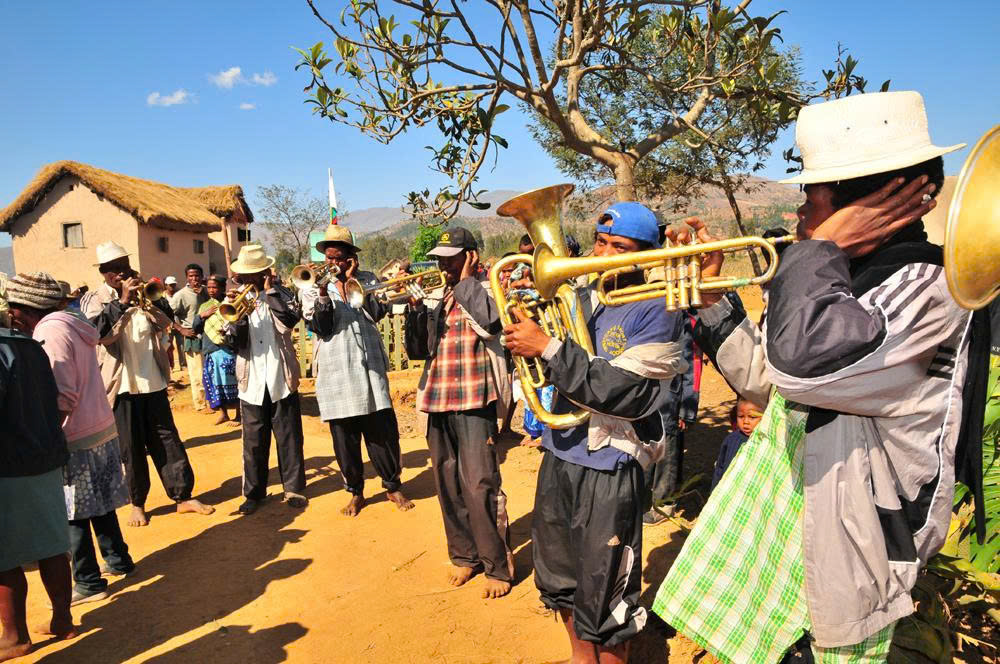
In the Malagasy culture of Madagascar, death is not the end of a relationship with a loved one. The custom of Famadihana, or “the turning of the bones,” is a ceremony where family members exhume the bodies of their deceased relatives, rewrap them in fresh silk shrouds, and dance with them to live music.
- The Meaning: The Malagasy people believe that the spirit of the deceased is not truly gone until the body has fully decomposed. This ritual, which takes place every few years, is a joyous reunion with ancestors and a way to help them on their journey to the afterlife. It reinforces the deep connection between the living and the dead.
Strange Food and Dining Customs
Dining etiquette is a minefield of cultural norms. What is polite in one country can be considered extremely rude in another.
6. Burping as a Compliment

In many Western countries, burping at the dinner table is seen as a sign of poor manners. However, in some cultures, particularly in parts of the Middle East and China, it is an acceptable and even expected sign that you enjoyed the meal.
- The Meaning: It’s a way of showing your host that you are fully satisfied with the food they have prepared. A quiet meal might suggest that the food was not good enough to fill you up, whereas a good burp is a clear signal of your appreciation.
7. Slurping Noodles (Japan)

If you’ve ever eaten a bowl of ramen in Japan, you’ll notice a lot of loud slurping. While this might be considered rude in the West, it is a sign of enjoyment and appreciation in Japanese culture.
- The Meaning: Slurping loudly shows the chef that you are enjoying the food. It also serves a practical purpose: it helps to cool down the hot noodles and soup, allowing you to enjoy them at a faster pace.
Peculiar Rites of Passage
Many cultures have rituals that mark the transition from childhood to adulthood. These rites of passage can be a severe test of endurance and courage.
8. The Bullet Ant Initiation (Brazil)

For the young men of the Sateré-Mawé tribe in the Amazon rainforest of Brazil, becoming a man is a painful process. They must put their hands into woven gloves filled with bullet ants and endure stings for 10 minutes without showing any pain. The bullet ant has one of the most painful stings in the insect world.
- The Meaning: This ritual is a test of a young man’s resilience, strength, and bravery. By enduring the pain, he proves his readiness to take on the responsibilities of adulthood and protect his community.
9. Crocodile Scars (Papua New Guinea)

In the Sepik River region of Papua New Guinea, young men undergo a painful and elaborate initiation ceremony to become men. Their backs, chests, and arms are cut with razor blades to create patterns resembling crocodile scales.
- The Meaning: The crocodile is a sacred animal to the local tribes. It is believed that the ritual cuts symbolize a crocodile swallowing the young boy and then spitting him back out as a man. The scars are a permanent mark of their transition and their connection to their ancestors.
Surprising Etiquette and Social Norms
Beyond grand ceremonies and festivals, everyday social norms can also be very different.
10. Tipping Is Rude (Japan)

In many parts of the world, tipping is a way to show gratitude for good service. In Japan, however, tipping is often considered an insult.
- The Meaning: The Japanese culture places a high value on hospitality and service. It is believed that good service is simply a part of the job and does not require an additional reward. Offering a tip can suggest that the server is not being paid well enough and may be seen as condescending.
11. The Left-Hand Taboo (India and the Middle East)

In countries like India, the Middle East, and parts of Africa, the left hand is considered unclean for giving or receiving items, or for eating.
- The Meaning: This tradition is deeply rooted in customs and hygiene. The left hand is traditionally used for sanitary purposes, making it taboo for social interactions. To avoid causing offense, it is important to always use your right hand when giving, taking, or eating.
RELATED: The World’s Most Iconic Traditional Costumes
While these customs may seem strange from the outside, they offer a profound lesson in cultural relativity. What we consider normal is simply a product of our own upbringing and environment. These traditions are a testament to the richness and diversity of the human experience, showing us that there is no single “right” way to live. They connect communities to their past, provide a sense of identity, and give life a deeper, more meaningful narrative. By understanding the meaning behind the bizarre, we can appreciate the beautiful tapestry of our world.
- Get ready for the Da Nang International Fireworks Festival in 2025
- 4 Notes on the $15,000 U.S. Visa Bond
- Vietnam Travel Budget Per Day: How Much Does it Really Cost?
- The Sky Pool London: Swimming Between Skyscrapers 115ft Above the City
- Complete Guide to the Saigon Central Post Office: A Timeless Icon




